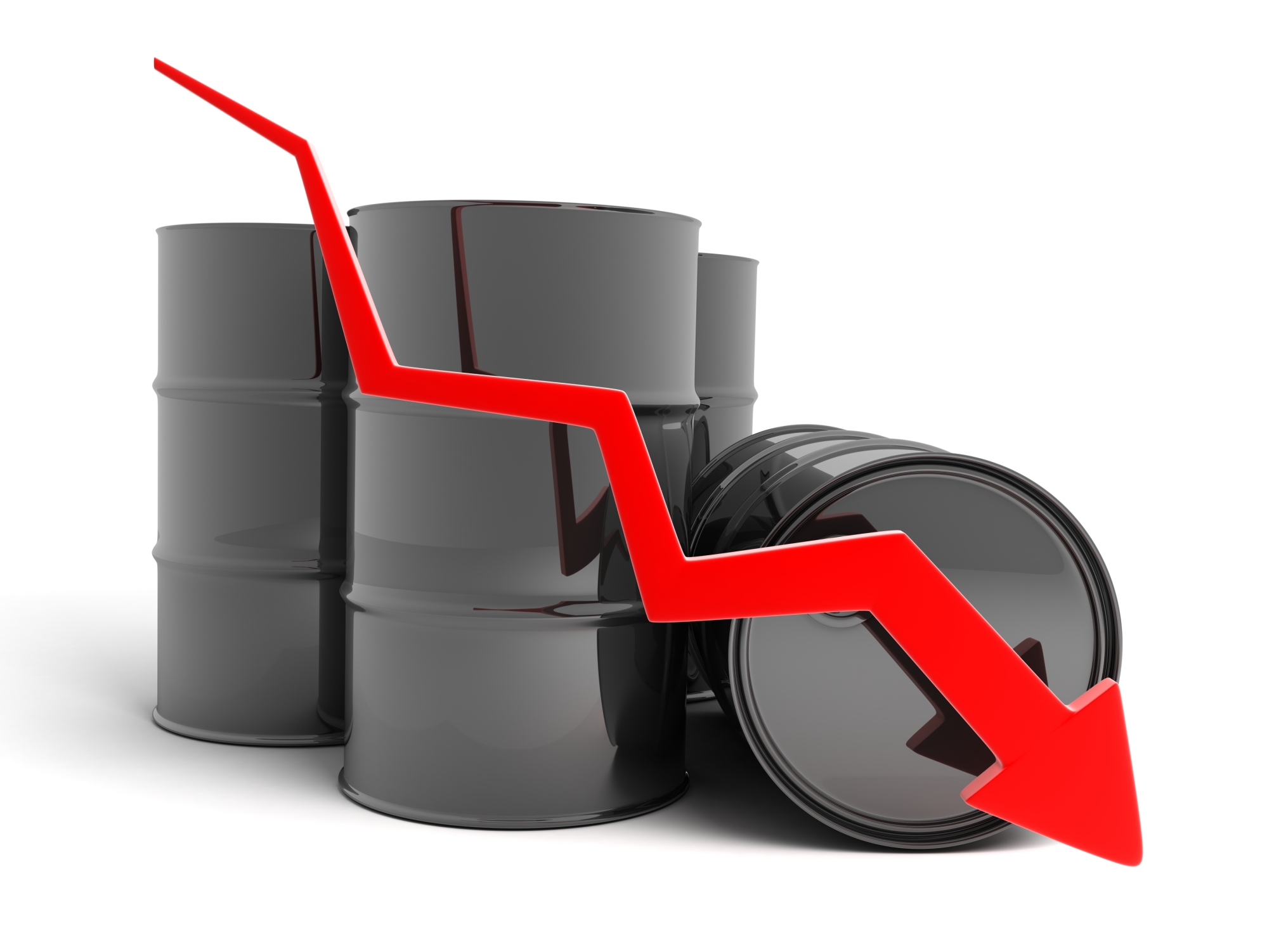Petróleo Brasileiro S.A. (NYSE: PBR), or Petrobras, is an oil giant with a situation that seems more bleak each and every day. Now we have word from Moody’s Investors Service, which has downgraded all ratings for Petrobras. This included debt rated based on Petrobras’s guarantee, as well as a downgrade of the company’s senior unsecured debt to Ba2 from Baa3. While some other ratings already were lower, this now firmly puts the unsecured debt in the junk bond category. We saw a similar cut from Standard & Poor’s as well.
What makes matters worse here is that Moody’s has given two additional outlook risks: 1) the woes could last for years, and 2) Petrobras’s ratings remain on review for downgrade.
Moody’s assigned a Ba2 Corporate Family Rating to the company, and it lowered the company’s Baseline Credit Assessment to b2 from ba2. The Baseline cut is on a continued concern about the potential for serious near-term liquidity pressure. Moody’s also worries that Petrobras is likely to take longer than previously expected to achieve the planned leverage reductions that would help its financial profile.
ALSO READ: 5 Oil and Gas Stocks Analysts Want You to Buy
These rating actions from Moody’s were said to reflect:
… an increasing concern about corruption investigations and liquidity pressures that might result from delays in delivering audited financial statements, as well as Moody’s expectation that the company will be challenged to make meaningful reduction in its very high debt burden over the next several years.
Amazingly, Petrobras shares were up shortly after the opening bell in New York trading. Its American depositary shares (ADSs) were up 1.5% at $5.92 after about 30 minutes of trading. Their 52-week trading range is $4.90 to $20.94.
Moody’s is not alone in taking a negative view on Petrobras. S&P just recently said:
We revised downward our stand-alone credit profile (SACP) on Brazil-based integrated oil and gas company to ‘b+’ from ‘bb’. We revised our outlook on the company to negative from stable and affirmed our ‘BBB-‘ corporate credit rating. The negative outlook reflects Petrobras’ difficulty in funding its development plan and increasing production growth, which would deleverage its balance sheet.
ALSO READ: Stifel Calls a Bottom in These 5 Oil Stocks
Here is a more-detailed, verbatim clip from the Moody’s downgrade:
Moody’s does not perceive substantial progress that would significantly reduce concern about the potential for payment acceleration under debt agreements that require the provision of audited financial statements. On February 12, the company informed the local stock exchange commission that it planned to release audited annual financial statements before the end of May, which is 30 days after the due date. Moody’s understands that the company is focusing on actions that are under its control and working with its auditor to provide these statements as soon as possible and is also taking steps to bolster its liquidity profile. However, Moody’s does not yet see any concrete assurance that audited statements will be available by any particular date.
The company’s high capital spending in recent years resulted in persistent negative free cash flow and increased debt. Recent years, in which elevated capital spending led to substantial growth in debt, were expected to be followed by a period in which the company significantly deleveraged using the cash flow generated from increased production. While the maintenance of high prices for refined products in Brazil is currently helping to cushion Petrobras from the decline in global oil prices, the gap between domestic and global prices will likely not be sustainable over a longer period. The company has repeatedly fallen short of certain financial and production targets and Moody’s no longer expects significant improvement in leverage over the medium term.
Are You Ahead, or Behind on Retirement? (sponsor)
If you’re one of the over 4 Million Americans set to retire this year, you may want to pay attention.
Finding a financial advisor who puts your interest first can be the difference between a rich retirement and barely getting by, and today it’s easier than ever. SmartAsset’s free tool matches you with up to three fiduciary financial advisors that serve your area in minutes. Each advisor has been carefully vetted, and must act in your best interests. Start your search now.
Don’t waste another minute; get started right here and help your retirement dreams become a retirement reality.
Thank you for reading! Have some feedback for us?
Contact the 24/7 Wall St. editorial team.




